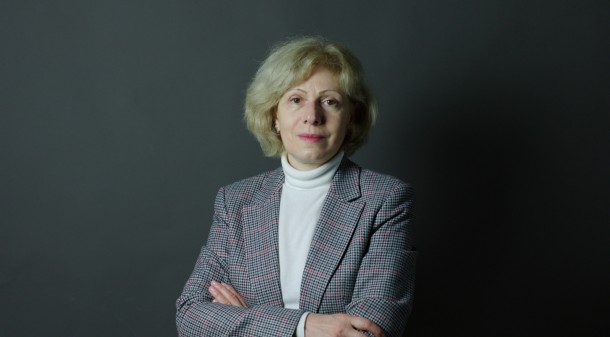February 19, 2017
Partnership for Human
Rights vs. Naniko Khazaradze, Sopiko Narchemashvili, Eka Amirejibi,
Lela Meburishvili and Tamar Ghvinianidze
Head of Council: Giorgi Mgeladze Members of Counsil: Jaba Ananidze, Nino Jafiashvili, Tea Zibzibadze, Tamar Uchidze, Maia Mamulashvili, Maia Metskhvarishvili.
Applicant: Partnership of Human Rights
Respondent: Naniko Khazaradze, Sopiko Narchemashvili, Eka Amirejibi, Lela Meburishvili and Tamar Ghvinianidze
Description
Partnership for Human Rights applied to Georgian Charter of Journalistic Ethics about the TV show on Imedi TV “Dghis Show” which aired on 31st of October, 2016. They thought that it violated Charter principles 7 and 8. This happened because in the episode they pierced the ear of a child several month old in front of her mother and other audience members. From the respondents Naniko Khazaradze, Sopiko Narchemashvili, Eka Amirejibi and Lela Meburishvili were the hosts, Tamar Ghvinianidze was the main producer. The representative of the applicant attended the case discussion, Tamar Ghvinianidze provided the response in a written form.
Findings of the Council
According to the principle 8 of the charter: “A journalist is obligated to protect children’s rights; children’s interests have the highest priority during work. They should not prepare and disseminate information about children in articles or materials which will harm them. The journalist should not take interview or a photo of a minor less than 16 years old without asking a parent or a guardian about topics concerning their own or other minor’s welfare” As was said in description, a child was given a medical procedure of peircing her ears in front of her mother and the audience. The video showed that she was in physical and emotional pain which was also proven by doctor’s words before the procedure “This is a little stress, trauma”. Child was publicly violated [got her ears pierced] without any necessity, which was liked and shared by media. Council agrees with the applicant that “Media should not provide society with the model of violent and nonethical behavior towards the child”. “Procedure did not carry any educational idea or had a legitimate reason. It was just an element of the show, which violated child’s right to be protected from physical and emotional abuse”. It is worth mentioning that another minor also attended this process during filming. She was asked questions by hosts like “Do you also want a piercing in your ear?”, “Are you afraid?”. She was made to stand next to the child to “help” her. Older child was also under stress when she was looking at the crying younger child but this was not taken into consideration.
According to the respondent, she made the decision to show the procedure on TV when she listened to doctor’s opinion that it is better to pierce ears when children are young because at this time “they don’t touch their earlobes as much and the ear is not irritated. Also, the method of piercing is so fast that it is not painful”. According to respondent, they did not think about the reaction of a child to the procedure itself. She said that “they take full responsibility for the mistake but want to say that we did not have any ill intent like emotional abuse of a child while planning the show.”
Council approves of the position of the respondent because one of the aims of Charter is to identify the problems of ethics in journalism, consider them and by trying to avoid them in future improve and polish ethical principles in general. Council also thinks appropriate to consider how parents’ consent/attendance frees the journalist from the responsibility for child’s rights. Council said more than once [for example about the case Public Development Institute vs. Tamar Pkhakadze] that “It is journalist’s responsibility to protect child’s interests and rights according to the professional attitude towards these rights and interests”. This responsibility cannot be avoided even with parents’ consent. The journalist needs to additionally consider whether the journalistic product violates minor’s rights.
According to the principle seven of the Charter: “journalist must understand the dangers of supporting discrimination by media. Therefore, he or she should do everything to avoid discrimination based on race, gender, sexual orientation, language, religion, political or other kinds of views, national or social status and any other reason”. During the show, one of the hosts Naniko Khazaradze said about the child: “Look, she is a real woman”, another host Eka Amirejibi said, “In this age mostly mother’s make the decision whether to pierce child’s ear or not”. Both of the phrases strengthen stigma and therefore are discriminatory. The first one strengthens the idea that this or that action or accessory [In this case earring] is suitable for women only. The second phrase diminishes fathers’ role in the upbringing of the child and promotes the idea of division of fields between spouses/parents in domestic life.
ResolutionAccording to the information above:
- Naniko Khazaradze, Sopiko Narchemashvili, Eka Amirejibi, Lela Meburishvili and Tamar Ghvinianidze violated principle 8 of the charter.
- Naniko Khazaradze and Sopiko Narchemashvili violated principle 7 of the Charter.



